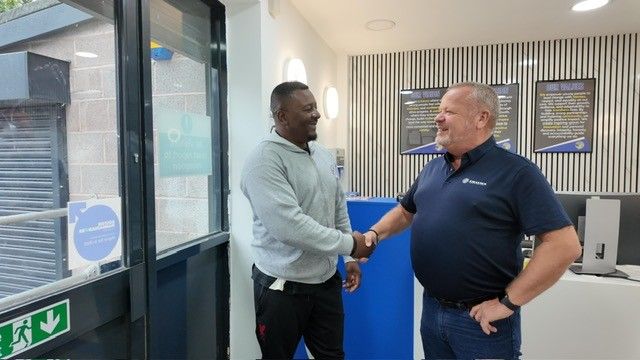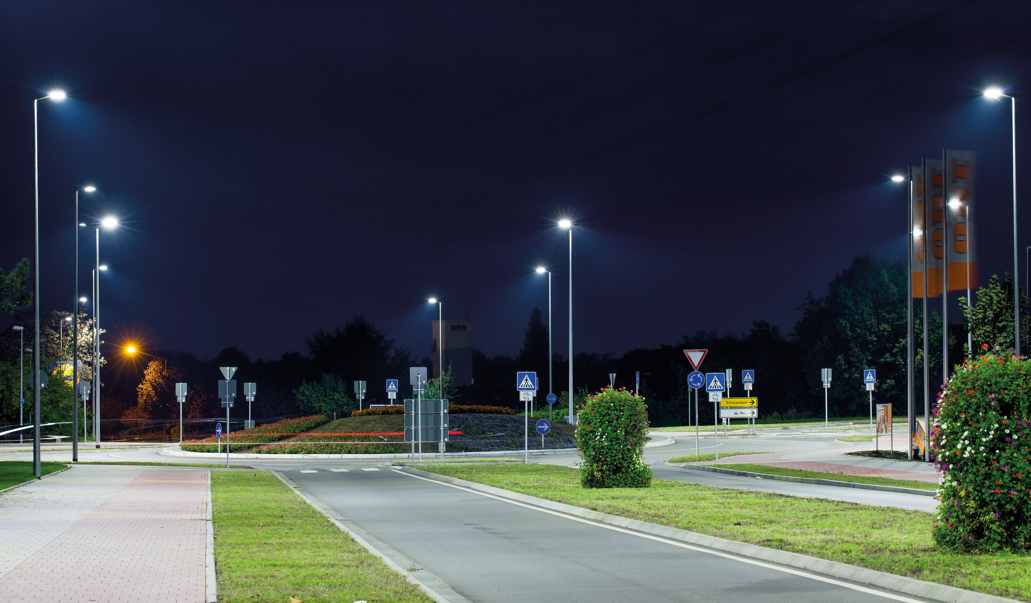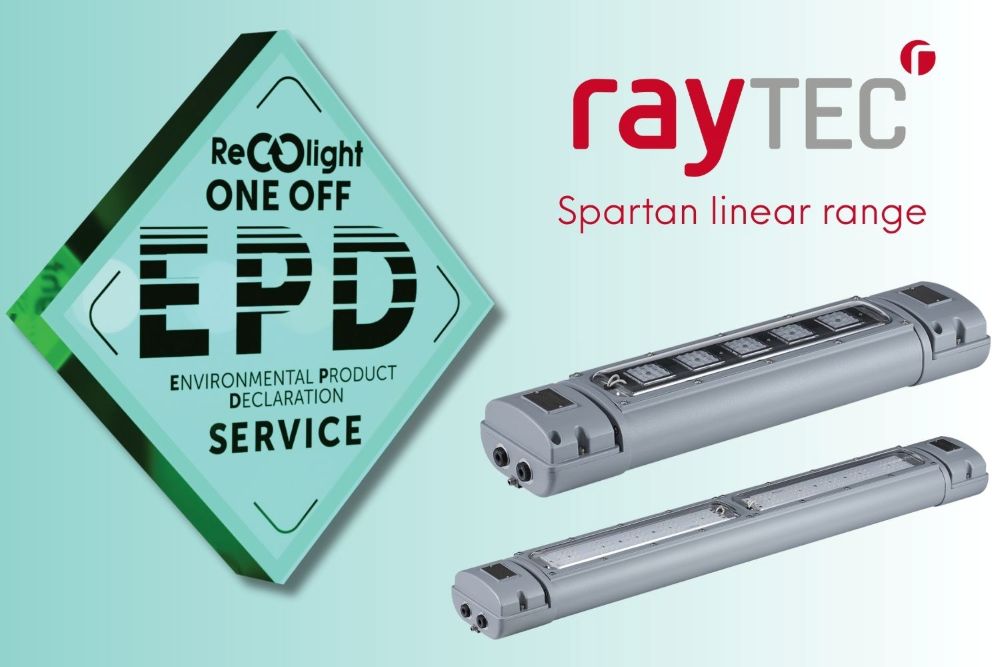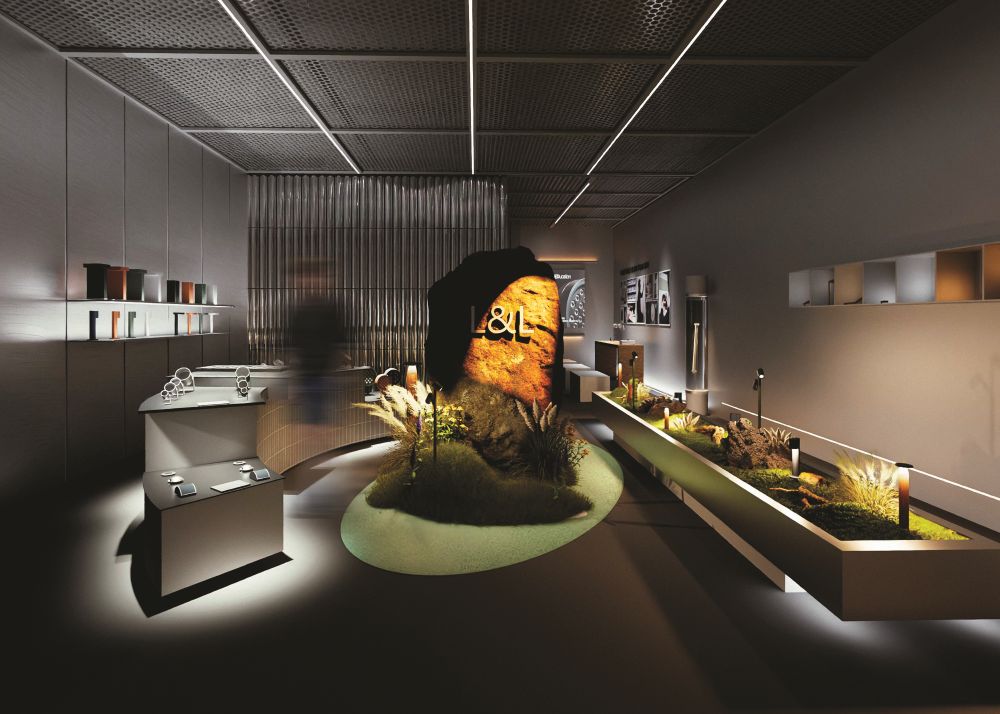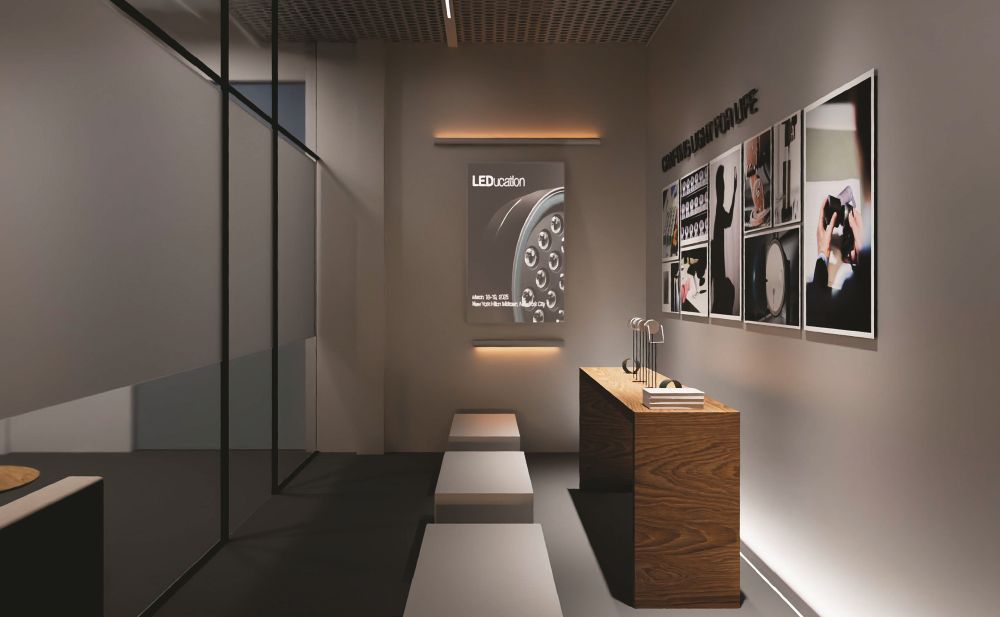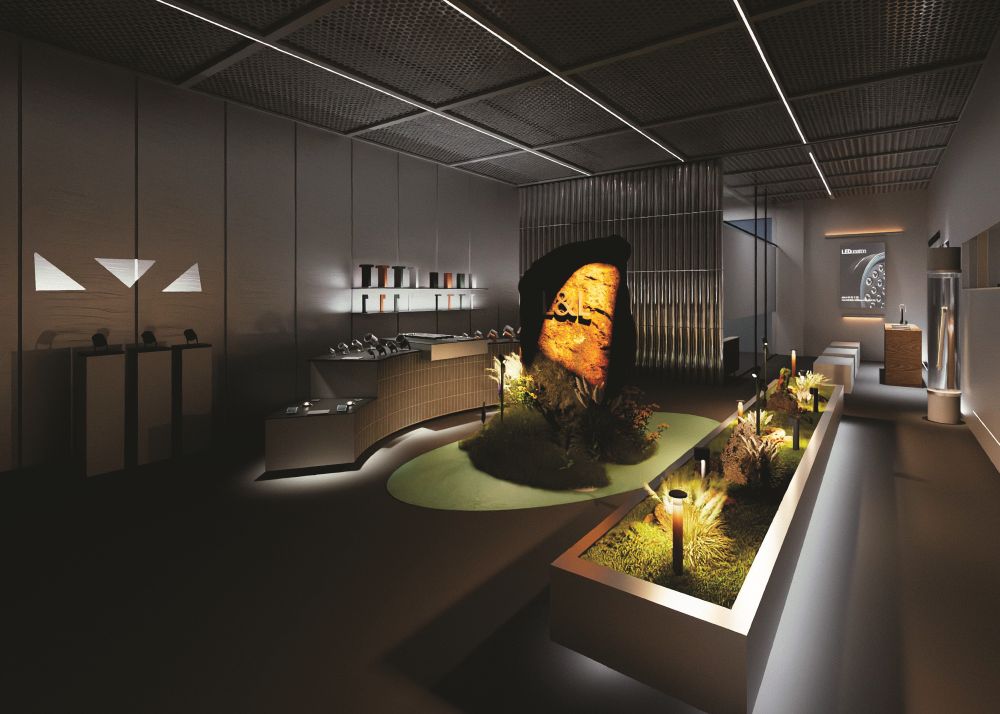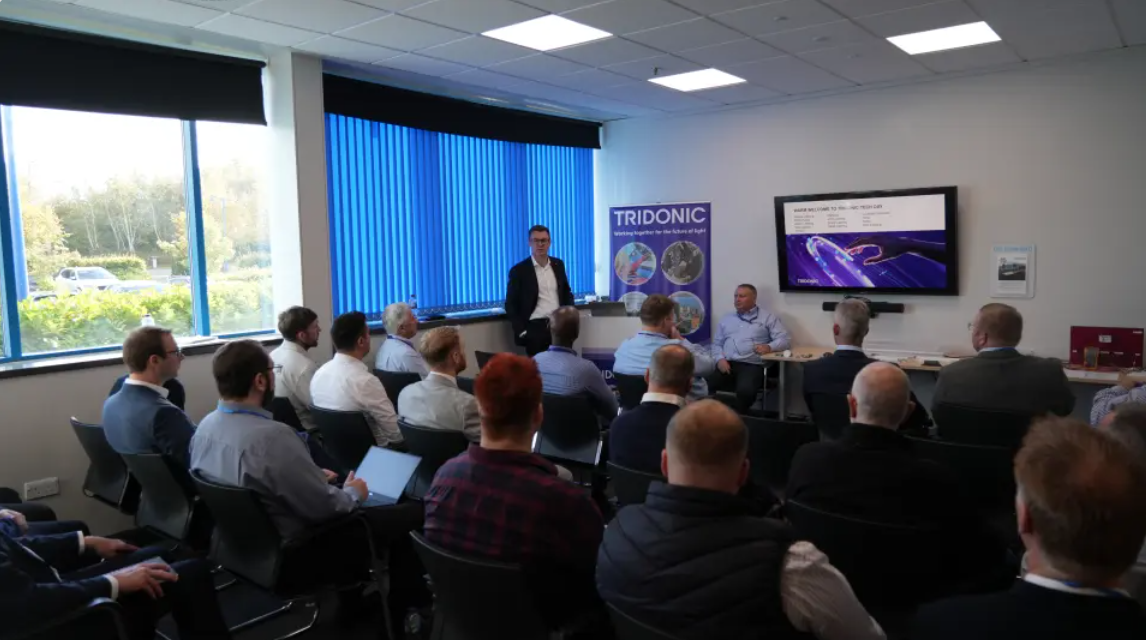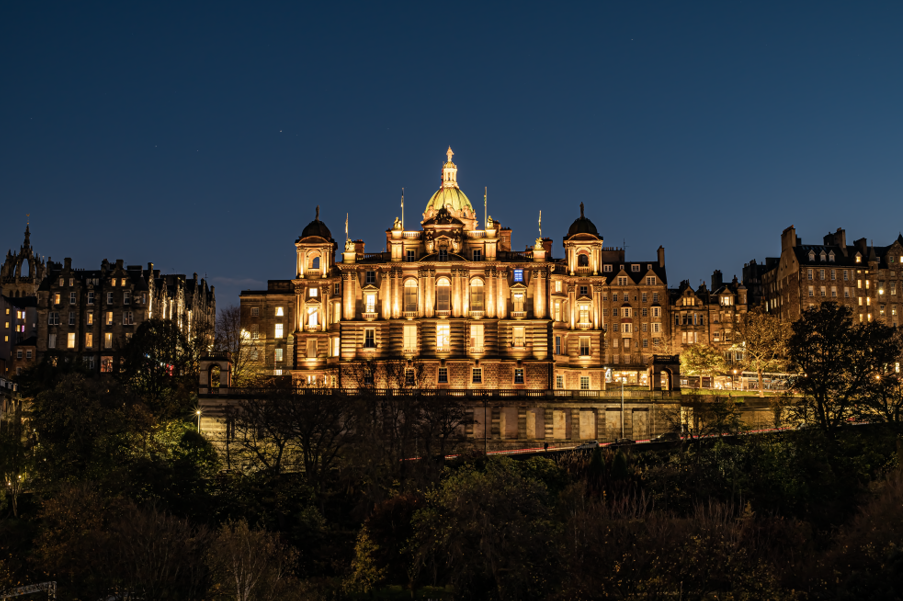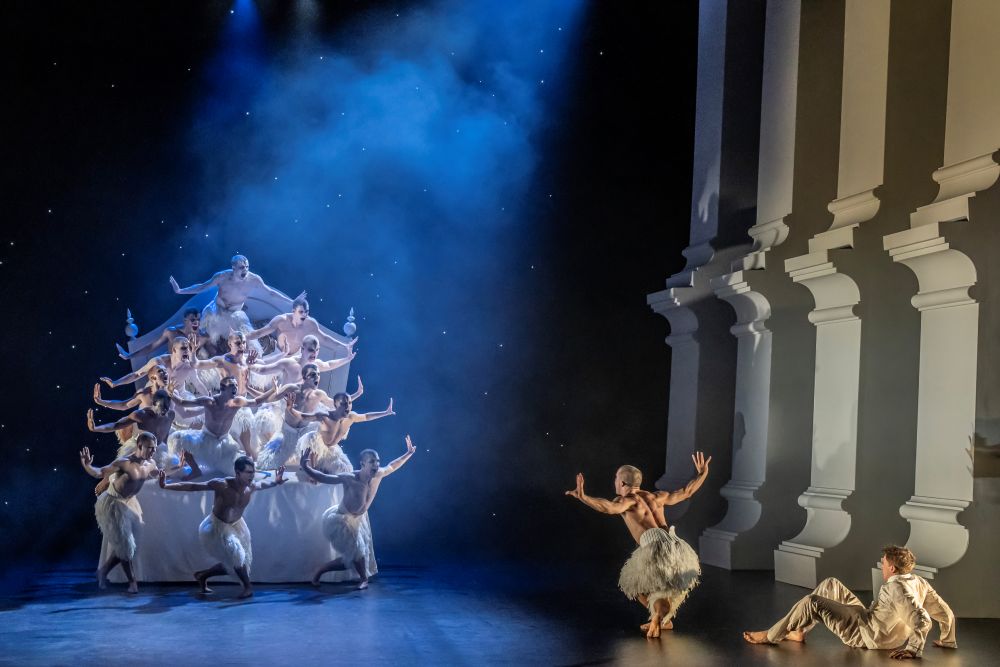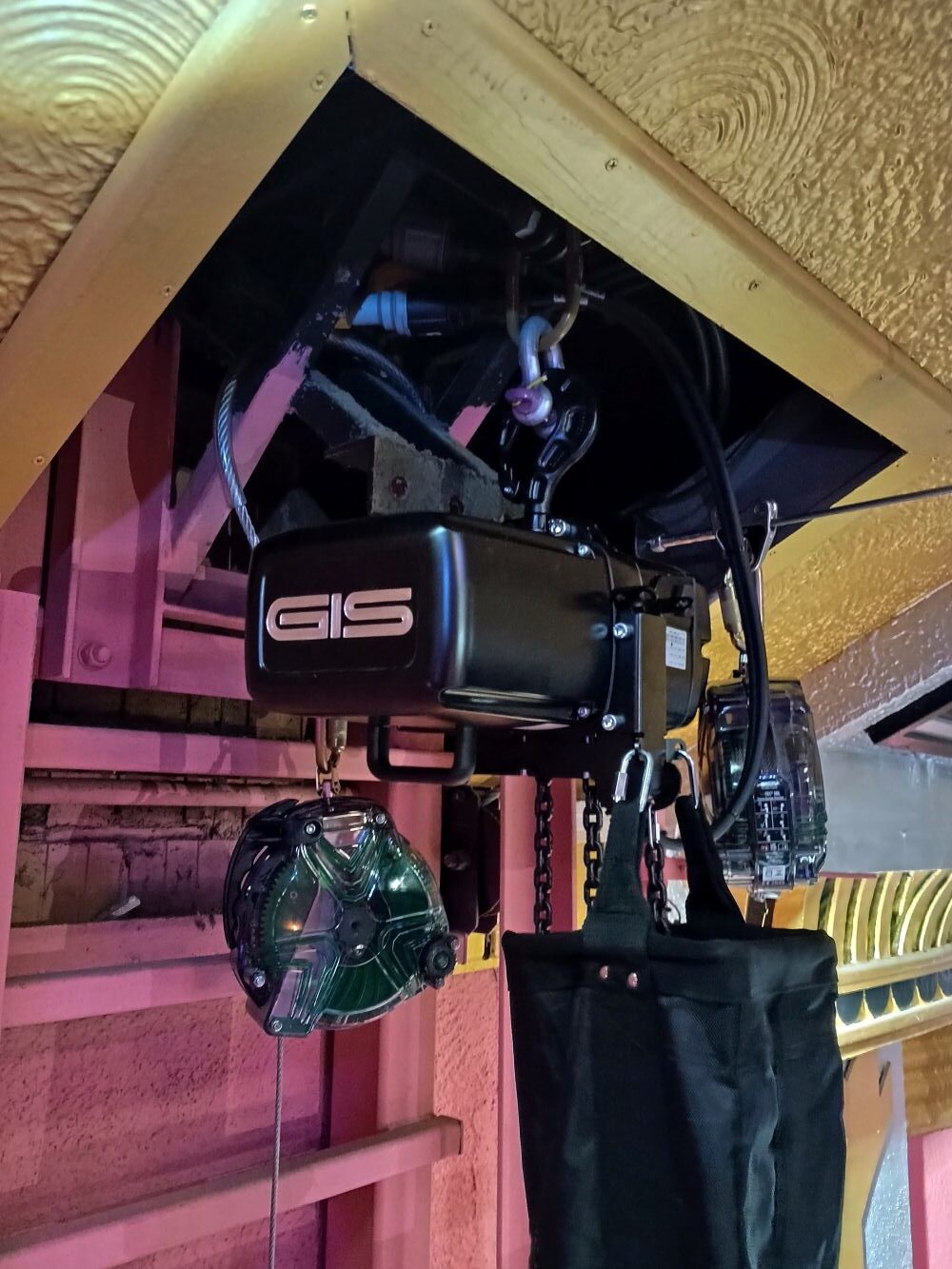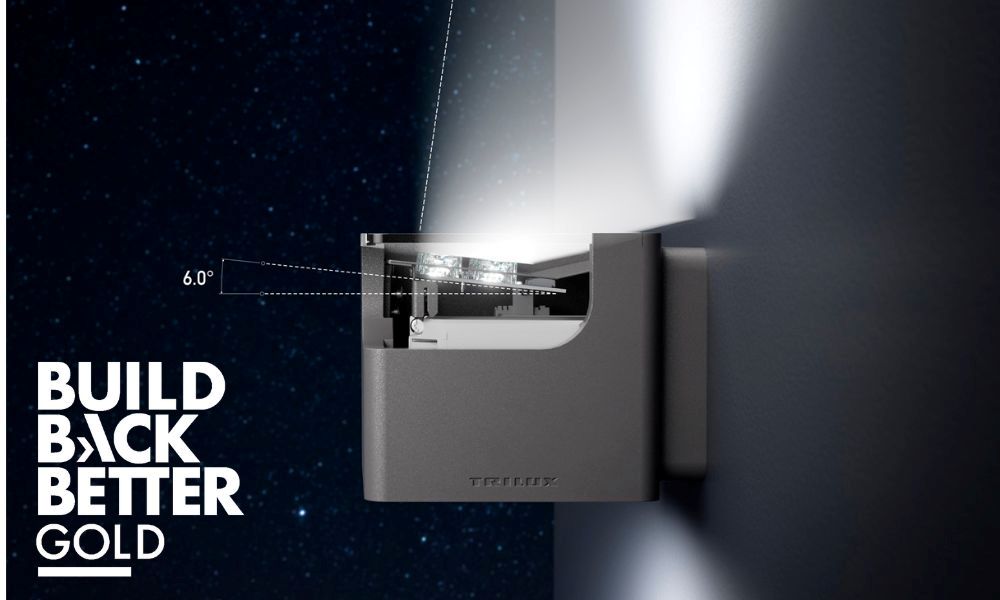Tridonic UK recently hosted its “Emergency Tech Day” at the company’s Spennymoor facility, welcoming more than 30 attendees from 15 lighting sector OEMs. Guests travelled from across the UK to take part in an exclusive day of technical insight, product innovation, and discussions on the future of emergency lighting.
The event also underlined Tridonic’s continued investment in UK manufacturing, highlighting the value of a reliable domestic supply chain. With its emergency product portfolio designed, engineered, assembled, and distributed from Spennymoor, Tridonic UK remains uniquely positioned to offer a fast, responsive service and local technical support – a clear differentiator within the market.
Throughout the day, visitors were introduced to both existing and new solutions within Tridonic’s emergency lighting range. Live demonstrations featured the EM ready2apply self-contained emergency solution, designed for rapid installation and guaranteed compliance; the EM converterLED family, offering flexible configurations for maintained and non-maintained operation; and the basicDIM Wireless system, enabling seamless integration of emergency functionality within connected lighting environments.
A key highlight of the day was the discussion around battery life and recent advancements, including the 12-year fit-and-forget battery, as well as battery qualification initiatives and ongoing investigations such as low-temperature and smart battery features. This led onto Tridonic’s unique LiFeGuard technology, a function included in all Tridonic LiFePO₄ batteries and associated emergency drivers, providing three levels of protection and operational safety. One attendee commented on the forward-thinking work of Tridonic “Very interesting to hear all of the insights on battery technology and ageing/lifetime analysis of components and associated system R&D, for example LightCoach.”
Delegates also enjoyed a comprehensive factory tour showcasing Tridonic’s precision manufacturing processes, quality assurance procedures, and investment in UK-based assembly and testing. Certification, compliance, and sustainability were key themes, with discussions highlighting how Tridonic’s partnerships with leading industry associations help maintain the highest performance and safety standards across all product categories.
Alec Fielding, UK Key Accounts Manager at Tridonic, commented “The Emergency Tech Day was a great opportunity to demonstrate the strength of our UK operation and the expertise that underpins our product portfolio. Bringing customers to Spennymoor allows them to see first-hand how our commitment to local manufacturing translates into quality, responsiveness, and innovation. As the industry moves toward smarter, more connected emergency systems, we’re proud to be leading that transition with solutions that deliver both performance and peace of mind.”
The day concluded with an engaging Q&A session exploring the future of emergency lighting, smart controls, and sustainability. Overall, the day was a resounding success, with attendees sharing: “Absolutely brilliant, it was so inspiring to be amongst others in the industry and learning about up-and-coming and future products from Tridonic,” and “Tridonic should do them more often.”
Tridonic’s 360 framework was exemplified throughout the day – bringing together its People, Places, Portfolio, Projects, and Sustainability efforts, with the final pillar of the day coming from its attendees, the Partners. Collectively, the day demonstrated how collaboration and innovation continue to drive the company’s growth and commitment to the UK lighting industry.
The “Emergency Tech Day” was a collaborative effort across the Tridonic UK team. David Dixon, Vice President of Product Management and Marketing, helped guide discussions around the company’s strategic innovation roadmap and future product direction. Stuart Sloane, Operations Director, facilitated the factory tour, giving guests a first-hand view of Tridonic’s advanced UK manufacturing capabilities. Stewart Hill, Senior Director of R&D, and his team of specialists were also on hand throughout the day, providing live demonstrations, sharing insights into ongoing research, and answering detailed technical questions from attendees. Their engagement reflected the People and Places elements of Tridonic’s 360 Framework, showcasing expertise, teamwork, and dedication that underpin the company’s success.
By bringing the industry together under one roof, Tridonic UK reaffirmed its commitment to innovation, collaboration, and sustainability through its Tridonic 360 Framework – empowering people, strengthening partnerships, and supporting the UK lighting community with trusted, future-ready solutions that are both responsive and accessible.
